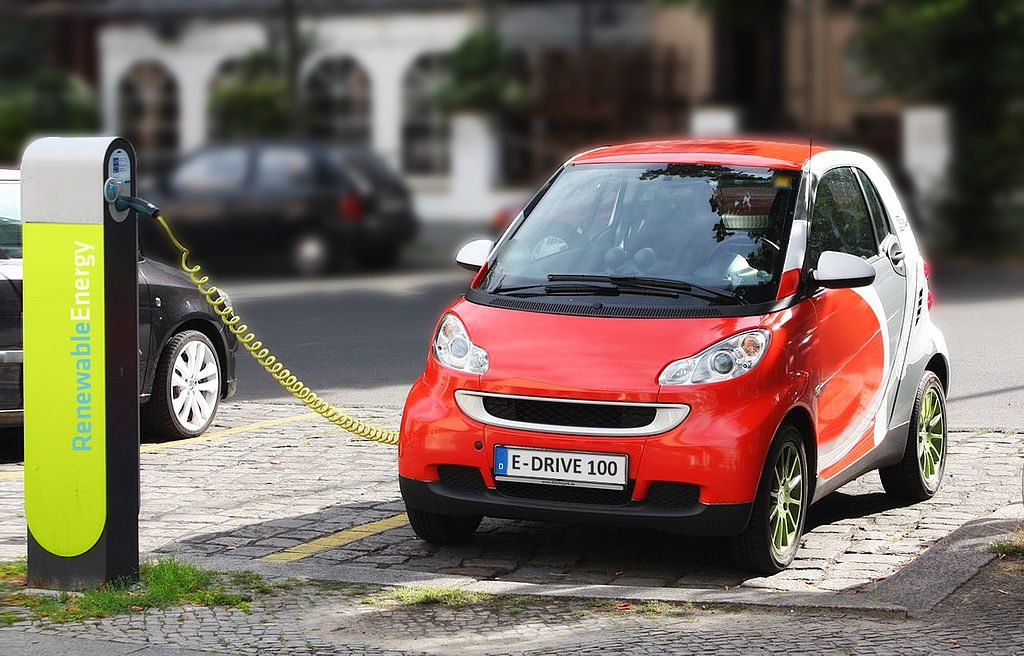
LAS VEGAS (Reuters) – The increasing popularity of electric vehicles may create a crunch for supplies of cobalt in the early-to-mid 2020s, miners and analysts say, adding that small operators trying to start up mines outside Africa could play a bigger role over time in satisfying demand for the metal used in rechargeable batteries.
The Democratic Republic of Congo (DRC) produces nearly two-thirds of the world’s cobalt as a by-product of its copper mines and is taking an increasingly confrontational stance toward foreign mining companies, including a new mining code that hikes royalties and taxes.
Human rights groups have said some cobalt from the Central African country could come from mines using child labor, raising additional concerns about sourcing within the industry and among buyers of the metal.
Cobalt is an important ingredient of current batteries and brokerage UBS described it in a report this week as “the commodity which could stall the exponential growth in electric vehicles.”
While supplies from Congo are expected to remain the most important factor in global supply for years, exploration and development companies at the 2018 Cobalt Institute conference in Las Vegas this week said potential buyers looking to lock in supplies were eager for projects in other countries.
“There’s going to be a big demand from organizations, end users and battery makers that will want to secure supply that’s non-DRC just because of all of the political risks to that supply,” said Brendan Borg, managing director of Celsius Resources Ltd (CLA.AX), an Australian mining company that hopes to begin production in Namibia by 2021.
More than 100 companies mining or exploring for cobalt are listed on the Toronto Stock Exchange and TSX Venture Exchange, up from fewer than 30 in 2015, according to SNL Financial. The exploration companies, known in Canada as junior miners, are considering locations ranging from Indonesia to Namibia, Canada, and Idaho and Utah in the United States.
Those explorers will need more funds, though, to bring production on line.
“The industry needs to see more investments particularly in those exploration stage projects,” Caspar Rawles, an analyst with Benchmark Mineral Intelligence, said on Wednesday. Benchmark provides research for mining companies and manufacturers.
Demand for electric vehicles, using cobalt in batteries, could spark a deficit of cobalt as soon as 2022, he said.
At least 90,000 tonnes of additional cobalt will be needed by 2025 to meet demand, UBS said in the May note, basing its forecast on expectations that electric vehicle penetration will grow to 16 percent globally, up from about 1 percent currently.
At least 90,000 tonnes of additional cobalt will be needed by 2025 to meet demand, UBS said in the May note.
Demand and supply were in balance at about 100,000 tonnes in 2017, UBS said, projecting an oversupply for several years turning to a deficit in the mid-2020s.
Sean Bromley, director of Pacific Rim Cobalt Corp (BOLT.CD), a Canadian company that hopes to begin drilling in Indonesia in the next couple of months, foresees a deficit in supply around 2020 or shortly thereafter.
“We think around 2020 (the EV market) will really begin to take off,” he said on Wednesday. “Seeing some of the battery companies’ expansion plans has reinforced this view, and speaking with commodity trading houses, they have indicated the same thing.”
Growing demand for the mineral has caused a spike in cobalt prices CBD0 on the London Metal Exchange to more than $90,000 a tonne, up from about $22,000 a tonne in February 2016.
That is driving lots of discussions, said Peter Campbell, vice president of business development at First Cobalt Corp (FCC.V), which recently announced the takeover of US Cobalt Inc and its exploration properties in Idaho and Utah. He said companies looking to secure supplies, in a sign of their need, were talking to junior miners as much as six years away from production.
(Reporting by Salvador Rodriguez in Las Vegas and Nicole Mordant in Vancouver; Editing by Peter Henderson and Matthew Lewis)